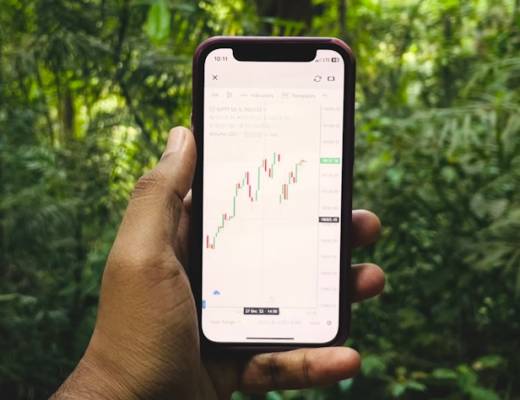Google Maps and Waze, both owned by Google, are well-known navigationally-oriented apps that serve different purposes. Google Maps is multifunctional, offering services like traffic monitoring, restaurant classifications based on taste, and distance approximation, while Waze is primed for drivers, offering real-time updates, road information, and short cut suggestions.
Google acquired Waze in 2013 and since then, it has emerged strong focusing predominantly on personalized auto navigation. It offers on-the-go traffic updates incorporating details about speed cameras, hazardous zones, and road obstacles. However, it falls short in offering comprehensive information on public transportation and local businesses, which can form a barrier for users who rely on public transport or often hunt for local stores.
In terms of transit options, Google Maps excels for travelers using public transport, taxis, metro, cycling, or on foot due to its ability to furnish schedules and suggest routes. On the flip side, Waze which also provides details on public routes, lacks in its pedestrian direction features. This renders Google Maps as more versatile, ideal for daily commuters or tourists.
Waze takes the lead in car navigation, ensuring swift and secure arrivals, whereas Google Maps, in addition to providing driving directions, offers an array of services. It includes walking, transit directions, bike routes, and real-time traffic updates. Waze, however, fosters a sense of community with its live interaction feature which allows drivers to warn other users about traffic or speed traps. Yet, Google Maps undoubtedly is superior when it comes to providing holistic location details and satellite imagery.
Both apps prioritize safety, boasting user-centric interfaces designed to reduce distractions. They offer wide user interfaces and voice commands, yet Waze wins with a bright, user-friendly interface. Regarding real-time traffic alerts, both apps excel, however, Waze often emerges victorious due to its community-sourced alert system. The notable difference lies in their primary goal; Google Maps aims at general navigation, while Waze focuses on driver-centric features such as live traffic and road hazard alerts.
Both apps offer real-time traffic updates differently. Waze generates quick responses to incidents reported by users, while Google Maps takes a more measured approach, using color codes to indicate traffic intensity on roads. The cumulative conclusion is that Google Maps may suit those who need a multifunctional navigation tool, while Waze may befit users who prefer immediate road updates. As to which provides the optimum driving experience, it truly depends on the personalized needs and preferences of the user.







